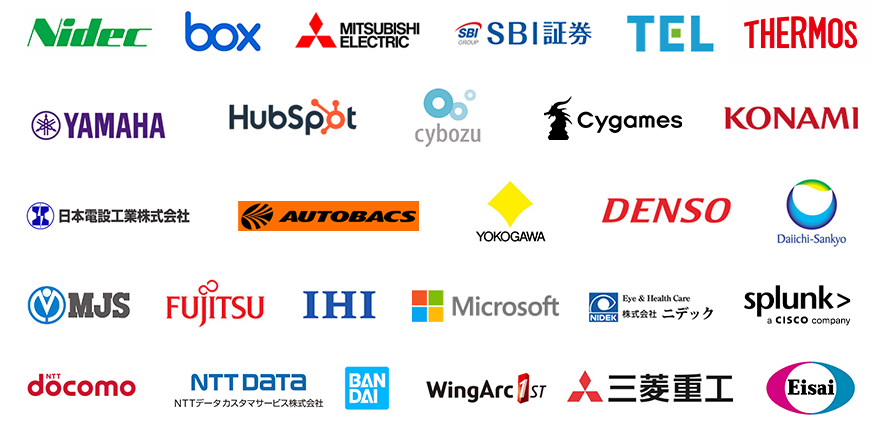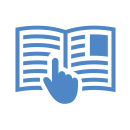Japanese Translation and Localization
- Localization: HOME
- Search by Language
- Japanese Translation
Translation from multiple languages to Japanese
Providing accurate translations based on extensive experience and local laws and standards
Human Science has achieved over 20,816 translation projects since 1994 by utilizing translation support tools.
Business History

Five Strengths in Japanese Translation and Localization
Through Human Science's Japanese translation services, not only can you get large-scale translations, but also a means of cost-cutting, with the use of automatic translation, and translations that reflect local laws and regulations unique to Japan.
If you are concerned about quality, delivery time, or costs, please don't hesitate to contact us.
1. Translations in accordance with Japanese standards and laws

There are various rules regarding the use of laws, standards, units, and symbols in Japan.
For example, in technical documents based on Japanese Industrial Standards (JIS), accurate expressions that conform to the standards are important.
Additionally, in medical-related documents, compliance with Japanese medical standards and laws is necessary. The ingredient labeling of pharmaceuticals based on Japan's Pharmaceutical Affairs Law applies different standards than those in other countries, requiring accurate translation.
At Human Science, native translators with specialized knowledge are responsible for providing translations that fully comply with Japanese laws and standards. Our translators are well-versed in Japanese regulations and technical standards, ensuring accurate and appropriate translations.
2. Translators with extensive field knowledge and experience provide authentic translations

In the work of translation, background knowledge related to the subject field is indispensable. For example, someone who has never studied law cannot accurately translate legal documents. Without on-site knowledge, it is impossible to properly translate technical documents such as manuals for that industry.
At Human Science, we have specialized teams within the company for each industry, including industrial manufacturing and system industries, and for nearly 30 years, we have handled translations in various genres such as operation manuals and instruction guides.
We provide translations unique to Human Science, who are well-versed in industries and business operations.
3. Stable business execution with the latest workflow systems adopted worldwide and
systematic project management

The project management method at Human Science is not dependent on individual abilities but follows a meticulously structured common procedure in accordance with the internationally recognized project management standard system, PMBOK. Therefore, each project eliminates personal dependency, ensuring stable operations regardless of the assigned personnel.
Furthermore, the workflow system utilizes "Plunet," the latest translation-specialized system increasingly adopted worldwide.
By combining human expertise and cutting-edge technology, we achieve optimal QCD.
4. Achieving Higher Efficiency and Quality in Translations through the Active Use of New Technologies
Many new translation technologies are developed in Europe and the United States and are subsequently adopted throughout the globe.
Human Science belongs to international industry associations, including the Globalization and Localization Association (GALA), to stay at the forefront of the translation industry, pushing the development of the Japanese market while keeping up with the latest technology trends.
In addition to individual technologies, we deploy unique language technology services that combine multiple technologies and tools to greatly improve translation efficiency and quality. We are able to maximize the cost performance of our business by utilizing various technologies at each stage of translation.

5. A robust translator education system that controls quality.
Enabling continuous quality improvement.

Translation is an important profession that greatly influences the final quality of translations and localizations. For that reason, we believe that an education system for translators is of great importance.
Human Science quantifies the work of translators for each project with over 100 unique criteria, and stores all the results in a database to manage the translators' levels.
Translators are able to check their numerical results for each job, as well as review specific feedback documents that detail correction points, suggestions, and guidance, which helps them improve on their next tasks.
The current amount of feedback in our database totals 12,529 cases.
This is six times the amount of exercises performed in a one-year course at a translation school.
From the start, our translators are already an elite group who managed to pass our demanding trial period, with a narrow pass rate of less than 8%, but by further developing their skills through our feedback system, we are able to achieve even higher levels of quality.






